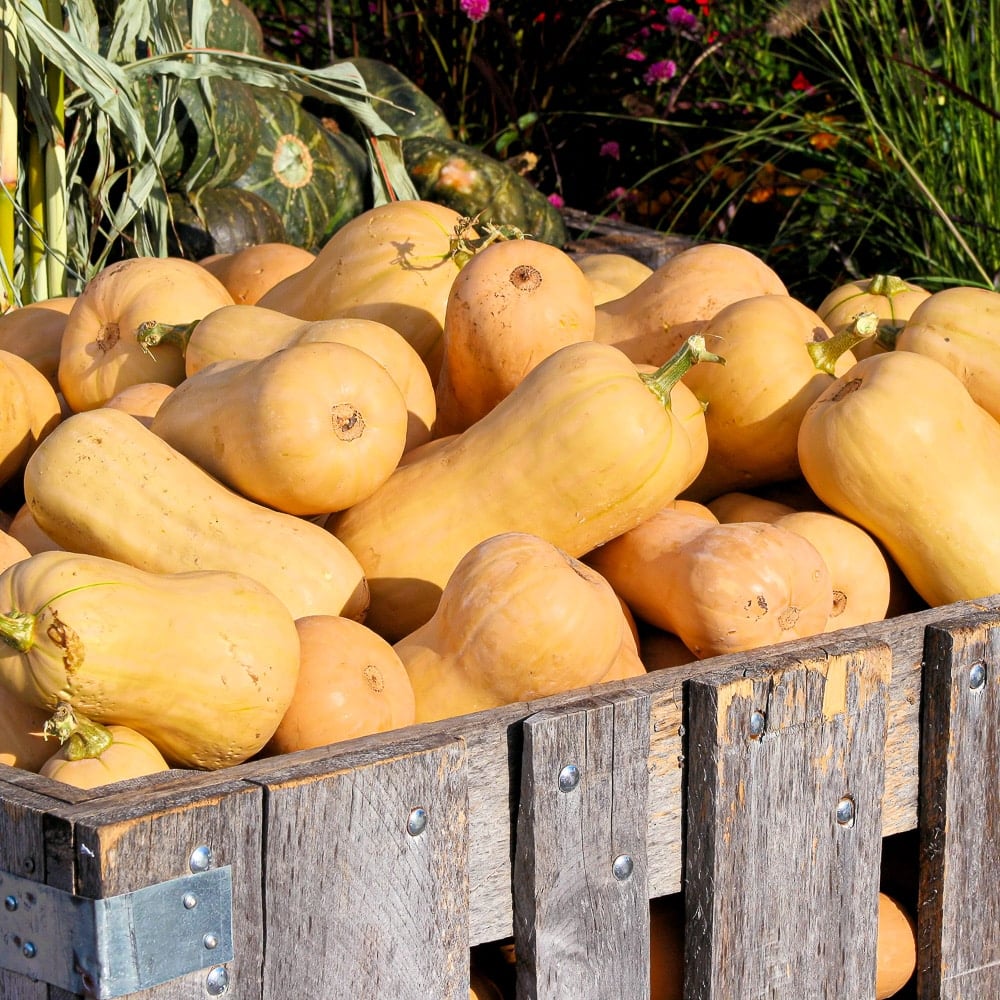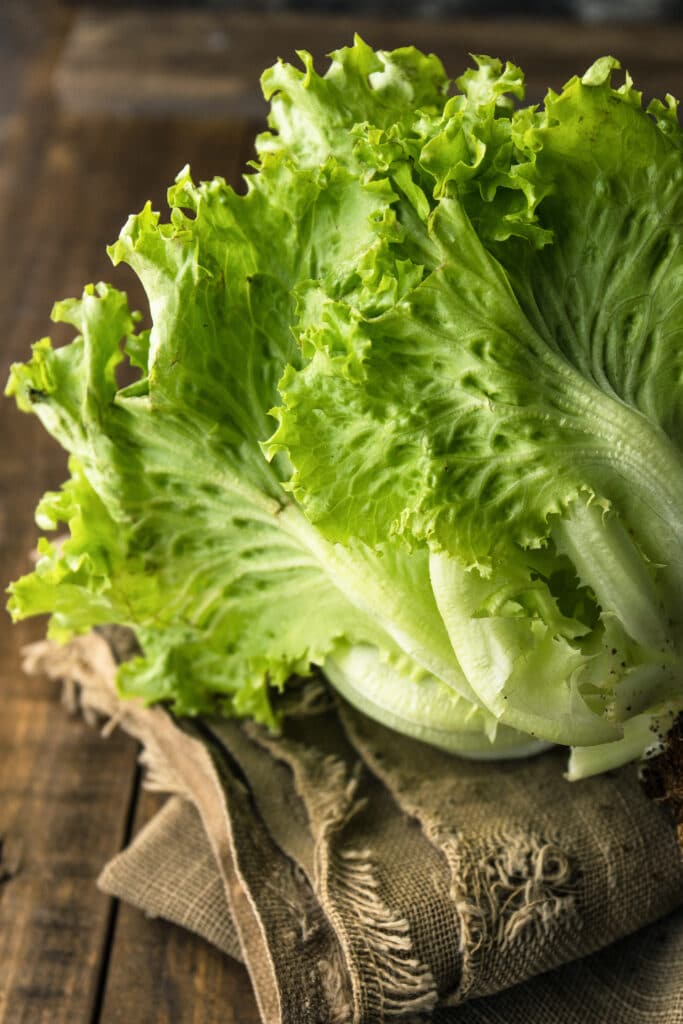When to Harvest Broccoli for the Freshest and Most Flavorful Bites
Are you a home gardener eagerly awaiting the arrival of fresh, delicious broccoli from your garden? Harvesting broccoli at the right time is critical to enjoying its full flavor and nutritional benefits. But when exactly is the best time to harvest broccoli? Don’t worry – it’s easier than you might think! With some knowledge and observation, you can confidently harvest your broccoli at the optimal time for maximum deliciousness.
This article will explore the different factors to consider when harvesting broccoli and some tips and tricks for ensuring the best flavor and texture. If you’re growing broccoli in pots or small spaces, check out this guide on growing broccoli in containers to set yourself up for success from the start!

The Benefits of Growing Broccoli at Home
Growing broccoli in a vegetable garden at home can benefit your health and the environment. Here are some of the main benefits of growing broccoli at home:
Freshness: When you grow broccoli at home, you have access to fresh, just-picked produce that has yet to sit on a grocery store shelf for days or weeks. Growing at home means enjoying the broccoli’s full flavor and nutrient content. Prolonged storage and delivery times can diminish both the nutritional value and taste.
Nutritional value: Broccoli is a superfood with vitamins, minerals, and antioxidants. When you grow broccoli at home, you can be sure you get the most nutritional value possible from your produce.
Sustainability: By growing your broccoli at home, you can reduce your environmental impact by avoiding the carbon emissions associated with commercial farming and transportation. Additionally, you can control the use of pesticides and fertilizers, ensuring that your broccoli is grown in an environmentally responsible way.
Cost savings: While there is an initial investment in setting up a home garden, growing your broccoli can save you money in the long run, as you can avoid the high prices often charged for organic produce at the grocery store. The local price of non-organic broccoli in my area is $8.00 CDN a head right now.
Related: Did you know that broccoli can be grown as a winter crop? To learn more, check out our full guide to winter gardening.

The Three Types of Broccoli and Their Harvesting Methods
There are three major types of broccoli to take into consideration when we talk about harvesting broccoli. Keep this in mind when you plant broccoli at the start of the season.
Heading Broccoli:
Heading broccoli is the most common type, forming a single large head on a thick stem. There are a few different methods for harvesting heading broccoli, depending on the desired size of the head and the timing of the harvest:
Standard harvest: Once the main head has formed and the florets swell, cut the head off at the stem with a sharp knife or shear.
Cut-and-come-again harvest: This method involves cutting the main head off at the stem, as described above, and then leaving the plant in place to produce smaller side shoots. The side shoots will provide smaller heads of broccoli for a few weeks.
We have several harvesting posts that new gardeners may find helpful:
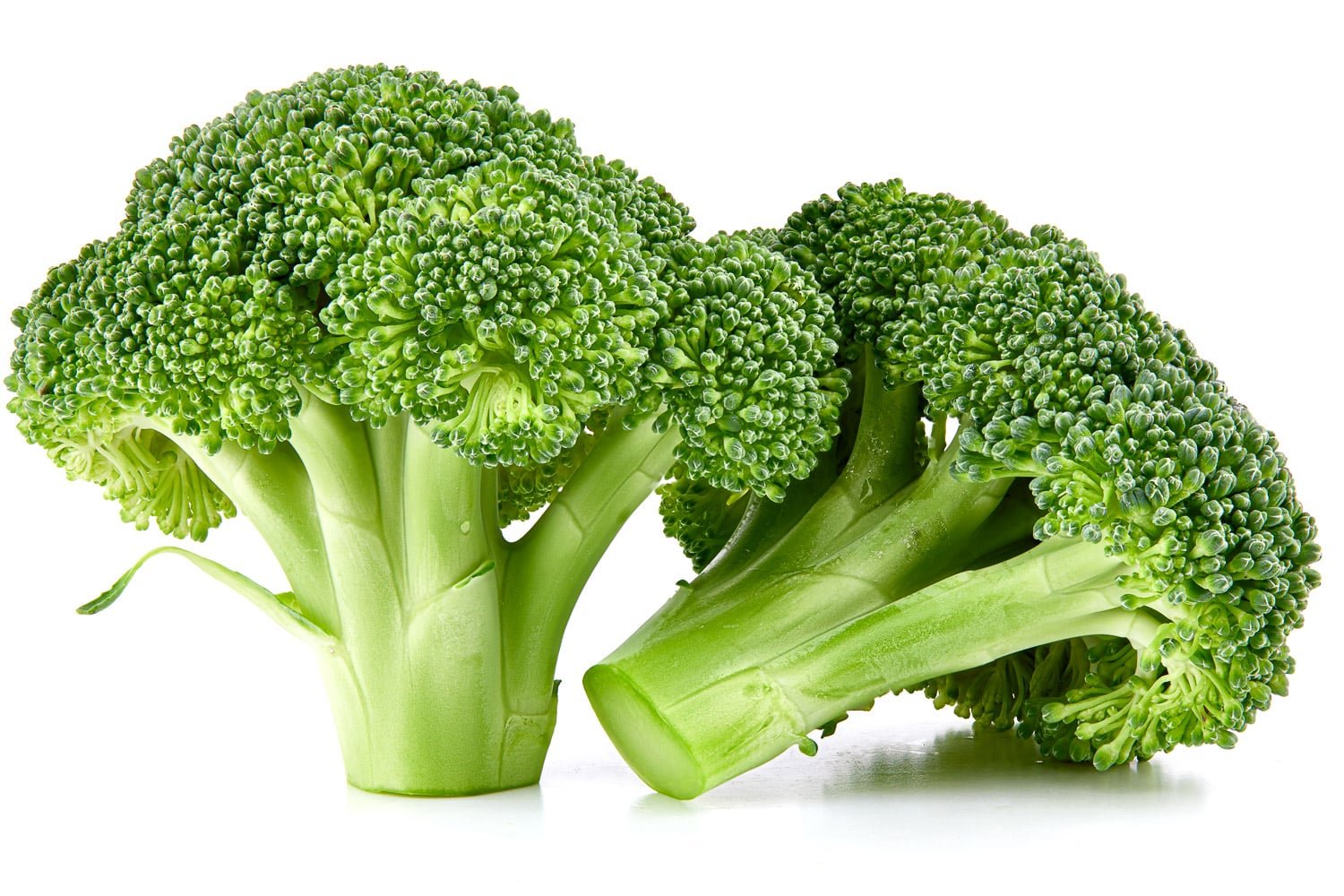
Broccolini:
Broccolini is a hybrid of Chinese kale and broccoli, and it forms long, thin stems with small broccoli-like florets. There are several ways to harvest broccolini:
Stem harvest: This method involves cutting the entire stem of the plant when it is about 8-10 inches long. Stem harvesting will result in a branch with several small florets attached.
Floret harvest: The florets will develop more if the stems grow longer. The floret method requires more frequent harvesting than the stem method but can result in a higher yield of florets per plant.
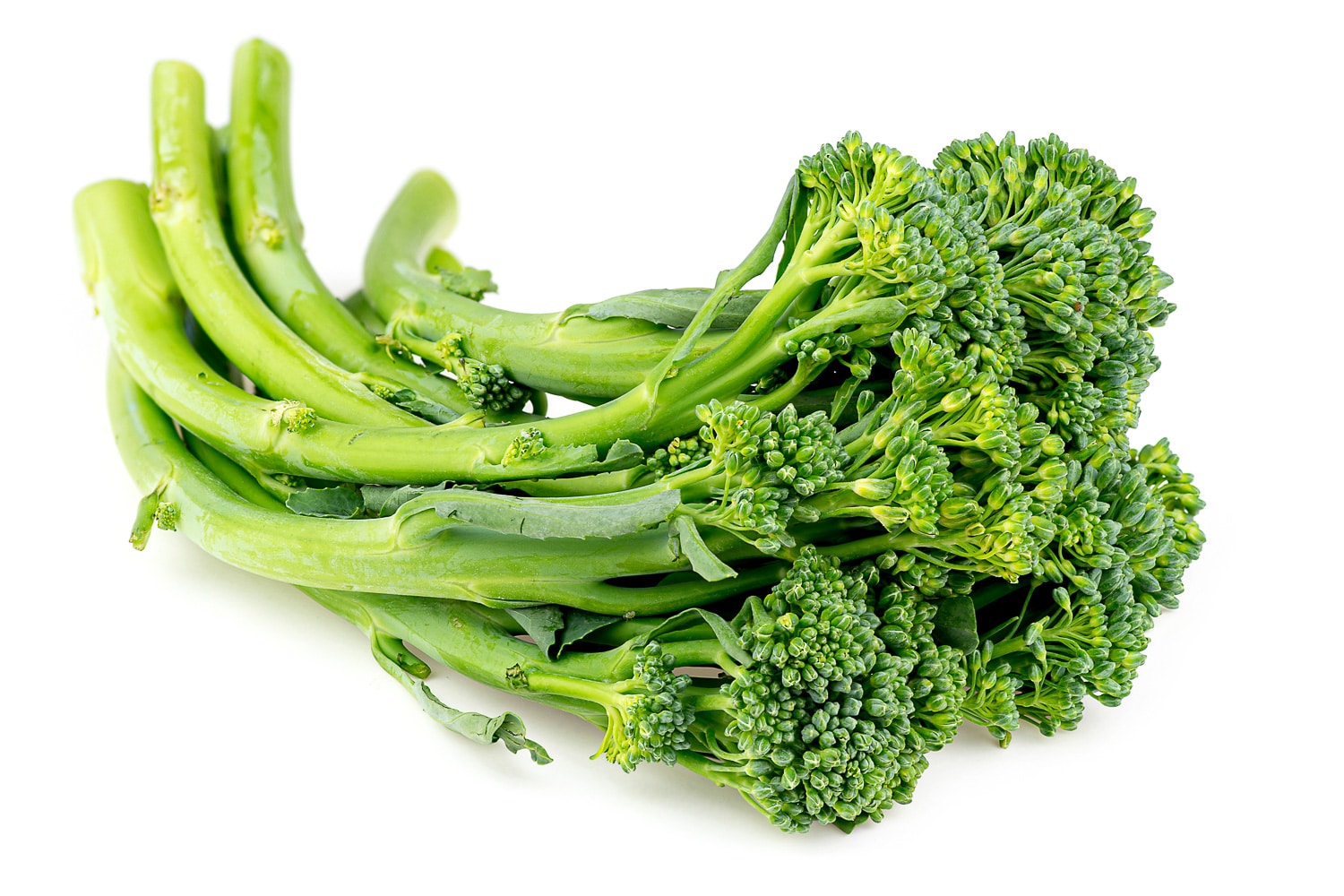
Sprouting Broccoli:
Sprouting broccoli produces many small heads on thin stems, and it can be harvested in several different ways:
Individual head harvest: Each small head can be cut off at the stem as it matures, resulting in a continuous supply of small broccoli heads over several weeks.
Cut-and-come-again harvest: Similar to the method for heading broccoli, the main stem can be cut off at the base of the plant, leaving the side shoots to continue growing and producing more small heads.
Whole plant harvest: If all of the heads on a single plant are ready for harvest simultaneously, the entire plant can be cut at the base, and the heads can be harvested together. The whole plant harvest method can be helpful if you want to freeze the heads whole.

Broccoli Growth Stages
Broccoli is a cool-season crop that is grown for its edible heads. Like most plants, broccoli goes through several stages of growth before it is ready to be harvested. Here are the four main growth stages of broccoli:
Seedling Stage:
The seedling stage is the first stage of broccoli growth when the seedlings emerge from the soil. The seedlings develop their first set of true leaves and establish their root systems during this stage.
It is crucial to keep the seedlings well-watered and protected from pests and extreme temperatures during this stage.
Vegetative Stage:
In the vegetative stage, the broccoli plants increase in size, producing more leaves and stems. Plants require plenty of water and nutrients to support their growth during this stage.
It is also essential to keep the plants free of pests and diseases, which can damage the leaves and reduce the yield.
Head Development Stage:
The head development stage is when the broccoli plants produce their edible heads. The timing of this stage will depend on the variety of broccoli and the growing conditions, but it generally occurs around 60-100 days after planting.
During this stage, the broccoli heads will grow rapidly and require plenty of water and nutrients to support their development.
Harvesting Stage:
The final stage of broccoli growth is the harvesting stage. The harvest stage is when the broccoli heads are ready to be eaten before the florets turn yellow.

Two Things Will Help You Know When To Harvest Broccoli Heads
Here are two tips to know when broccoli is ready to harvest:
Optimal Broccoli Head Size
The ideal time to harvest broccoli is when the main head is firm and has reached its full extent before the individual florets have begun to open and turn yellow.
The size of the head will depend on the variety of broccoli, but the recommendation is to harvest when the head is 4-8 inches in diameter.
If the individual florets on the main head have begun to open and turn yellow, the broccoli is overripe and may have a bitter flavor. The broccoli may be past its prime if the head’s stem has become woody or tough. If you notice any of the florets turning yellow, harvest immediately.

Timing
The timing of broccoli harvest will depend on the variety of broccoli, the climate and growing conditions, and the desired use of the broccoli.
Generally, broccoli should be harvested in the morning when the heads are cool and fresh. However, gathering more frequently in warm weather may be necessary to prevent overripening.
Several things can influence the timing of broccoli harvest, including temperature, moisture, and pests. For example, broccoli may take longer to mature in cool weather, while hot weather can cause the heads to mature more quickly.
Moisture levels can also affect the growth of broccoli, with excessive moisture leading to fungal diseases and stunted growth. Pests such as aphids and cabbage worms can also damage broccoli and reduce the yield, so monitoring these pests and taking appropriate measures to control them is crucial.

How to Harvest A Broccoli Plant
When it comes to harvesting broccoli, several techniques are at your disposal. Here are three standard methods:
Cutting: This is the most common harvesting technique for broccoli. Cut the broccoli stem just below the head using a sharp knife or pair of shears. Make a clean cut and avoid damaging the surrounding leaves or other heads on the same plant. The cut should not be straight across but at a slant. Slanting the cut allows for any rain or water to slide off. Straight cuts can cause water to pool at the cut site and can cause rot.
Twisting: For some varieties of broccoli, twisting the head can be an effective harvest method. To do this, grasp the head with one hand and turn it firmly until it separates from the stem. This method can be more efficient than cutting, especially with a large harvest.
Pinching: Pinching is a method used primarily for sprouting broccoli. To harvest, use your fingers to pinch off the individual heads as they reach maturity.
Regardless of the harvesting technique used, it is vital to avoid damaging the plant and to harvest the broccoli as soon as it is ready. Leaving the heads on the plant too long can result in a bitter flavor and reduced yield. However, you can enjoy a delicious and nutritious crop of fresh broccoli using one of these harvesting techniques.

How To Know When A Broccoli Plant Has Bolted
Bolting is the term used to describe when a broccoli plant shifts its energy from producing large, healthy florets to growing flowers and broccoli seeds. Bolting typically occurs when the weather becomes too warm for the plant or when the plant is under stress due to other factors, such as lack of water or nutrients.
Here are some signs that a broccoli plant has bolted:
Yellow flowers: When a broccoli plant bolts, it will produce small, yellow flowers. These flowers are the plant’s way of reproducing, clearly showing that it has shifted its focus away from producing broccoli florets.

Bitter taste: When a broccoli plant bolts, the flavor of the florets can become more bitter and unpleasant. The bitter taste is due to changes in the plant’s chemistry as it produces flowers and seeds.
Small, sparse florets: As a broccoli plant bolts, the size and quantity of the florets will decrease. The florets may also become more sparse and unevenly spaced on the plant.
Here are some popular broccoli cultivars that are known for their bolt resistance:
Gypsy – This broccoli produces medium-sized heads that are uniform in shape and size. Gypsy is known for its excellent flavor and texture, making it a popular choice among gardeners.
Green Duke – Green Duke produces medium-sized, dome-shaped heads tightly packed with dark green florets. This broccoli type is also known for its intense flavor and tolerance to heat.
Packman – Packman is popular among commercial growers due to its early maturity and high yields. It produces medium-sized heads with tightly packed florets and a mild, sweet flavor.
DeCicco – DeCicco is a classic Italian heirloom that produces smaller, bluish-green heads that are loose and open. It is known for its delicious flavor and ability to make side shoots after harvesting the main head.
Premium Crop – Premium Crop is a reliable and high-yielding broccoli that produces large, uniform heads with tightly packed florets. It has a mild flavor and is tolerant to heat and cold.
Arcadia – Arcadia broccoli produces medium-sized heads with a slightly purple hue and tightly packed florets. It is popular with gardeners due to its excellent flavor and heat tolerance.
Belstar – Belstar has mid-sized broccoli heads, tight florets, and a slightly sweetish flavor. Belstar has excellent heat and drought tolerances making it an ideal choice for warmer regions.
Goliath- Dark green goliath produces large, dense, deep green heads of florets on sturdy stems. It is a hybrid broccoli developed to produce high yields with a mild, sweet flavor and a tender texture.
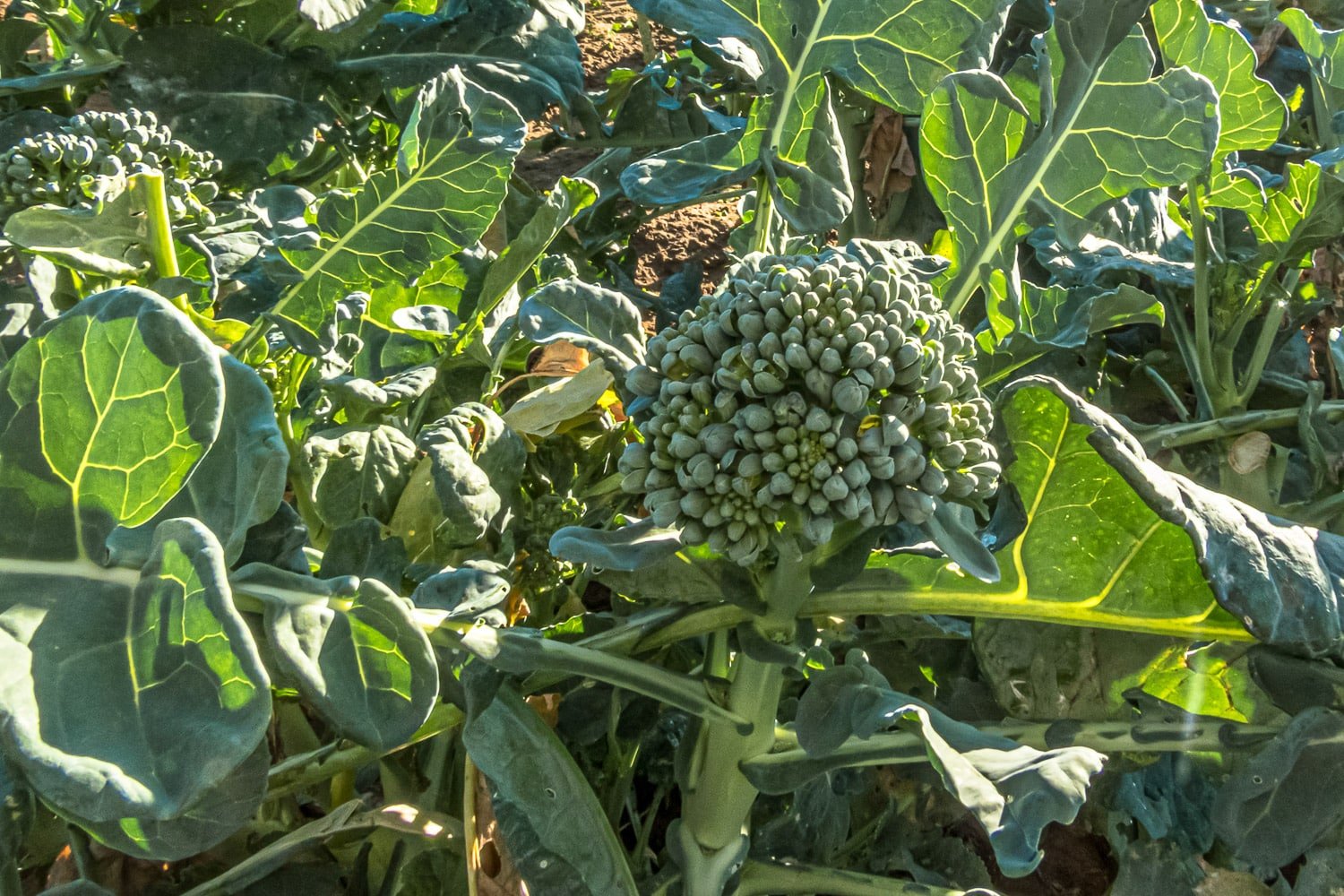
How To Clean, Use and Keep Broccoli Fresh
Here are three post-harvest care steps for broccoli:
- Broccoli should be stored n a cool, dry place to keep it fresh as long as possible.
- Store broccoli in the refrigerator, but do not wash or trim it beforehand. Instead, wrap the broccoli tightly in plastic wrap or a plastic bag to keep it fresh for up to a week.
- Before using broccoli, it should be cleaned and trimmed. To clean broccoli, rinse it under cold running water and pat it dry with a clean towel.
Broccoli can be used in various ways, from simple steaming or roasting to soups, stir fry, and stews. Broccoli can also be a healthy and nutritious addition to salads or as a snack, served raw with hummus or other dips. With its mild and versatile flavor, broccoli is an excellent addition to any meal.

Looking For More Gardening Inspiration?

Author: Laura Kennedy
Writer & Owner of Little Yellow Wheelbarrow
Laura is a highly skilled gardener and fervent flower enthusiast. Despite her playful battle with plant spacing guidelines, Laura’s work inspires gardeners to create thriving, beautiful spaces that reflect both creativity and sustainability.





